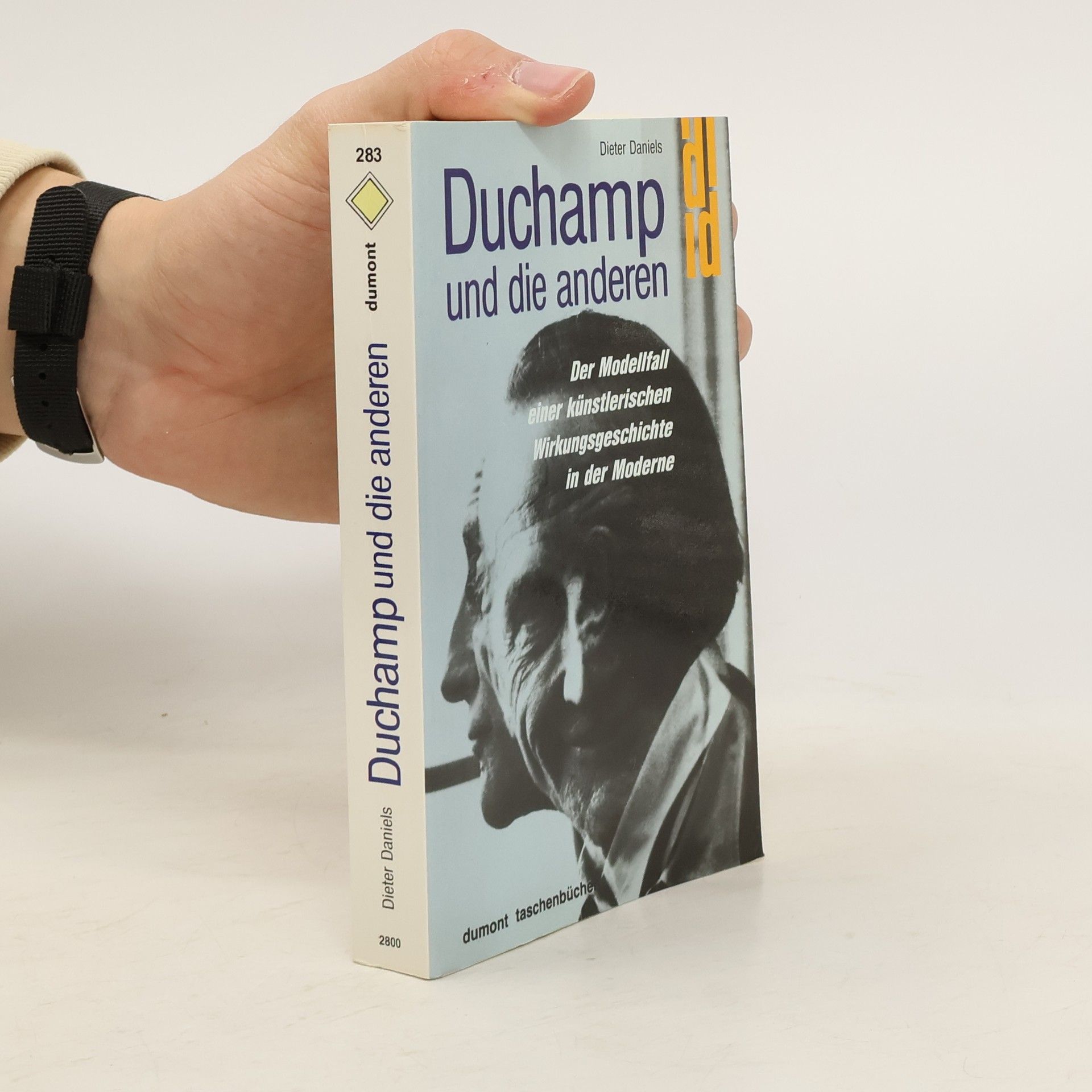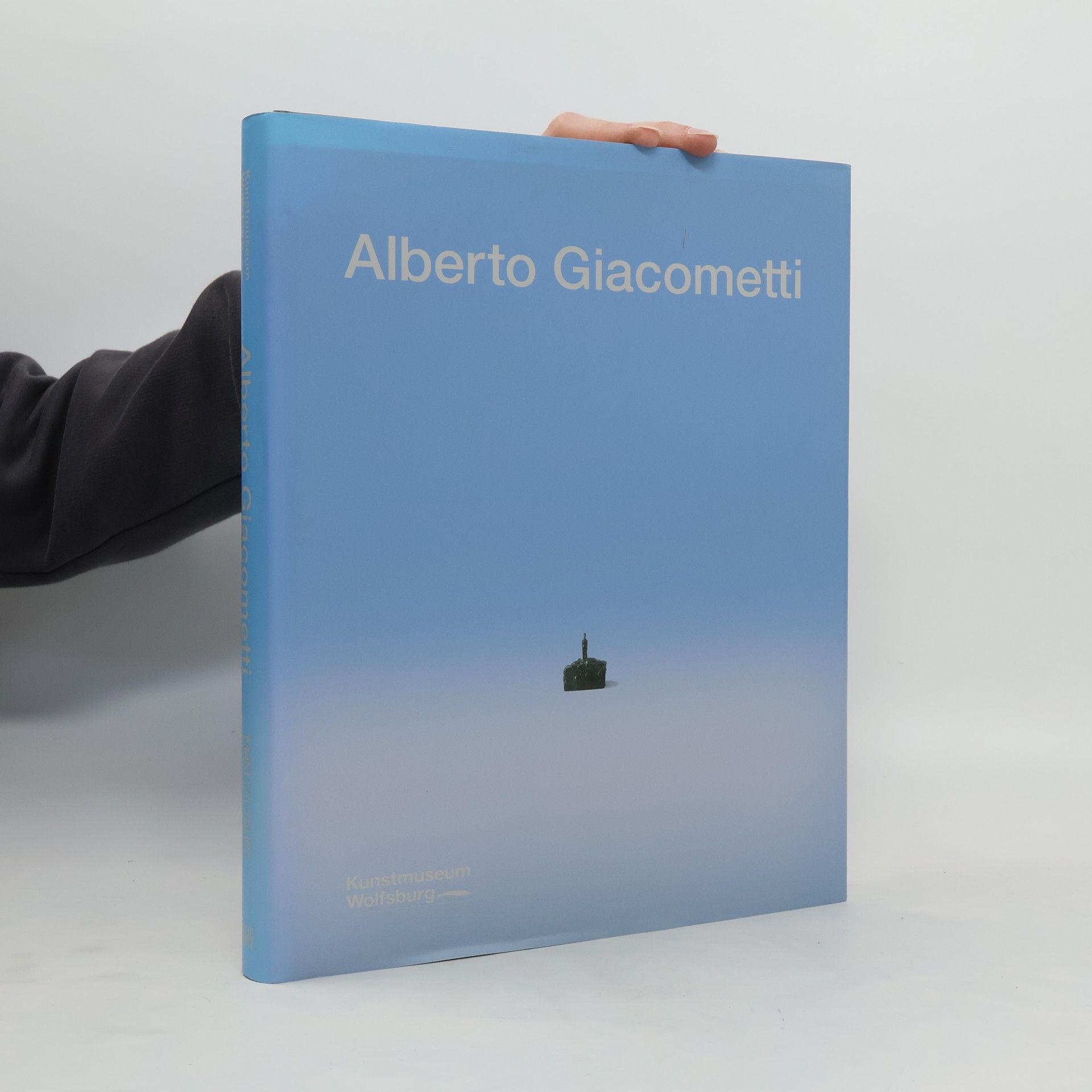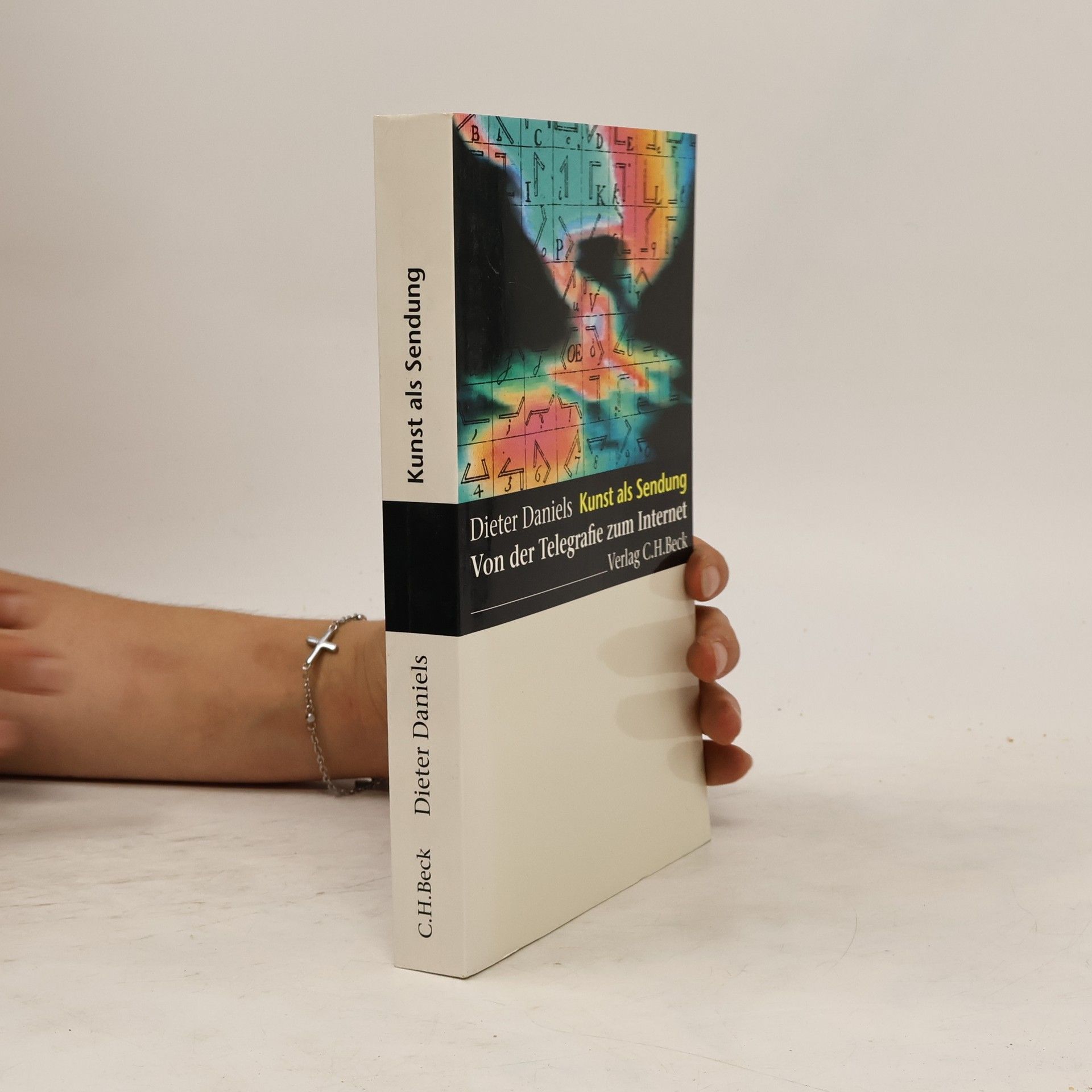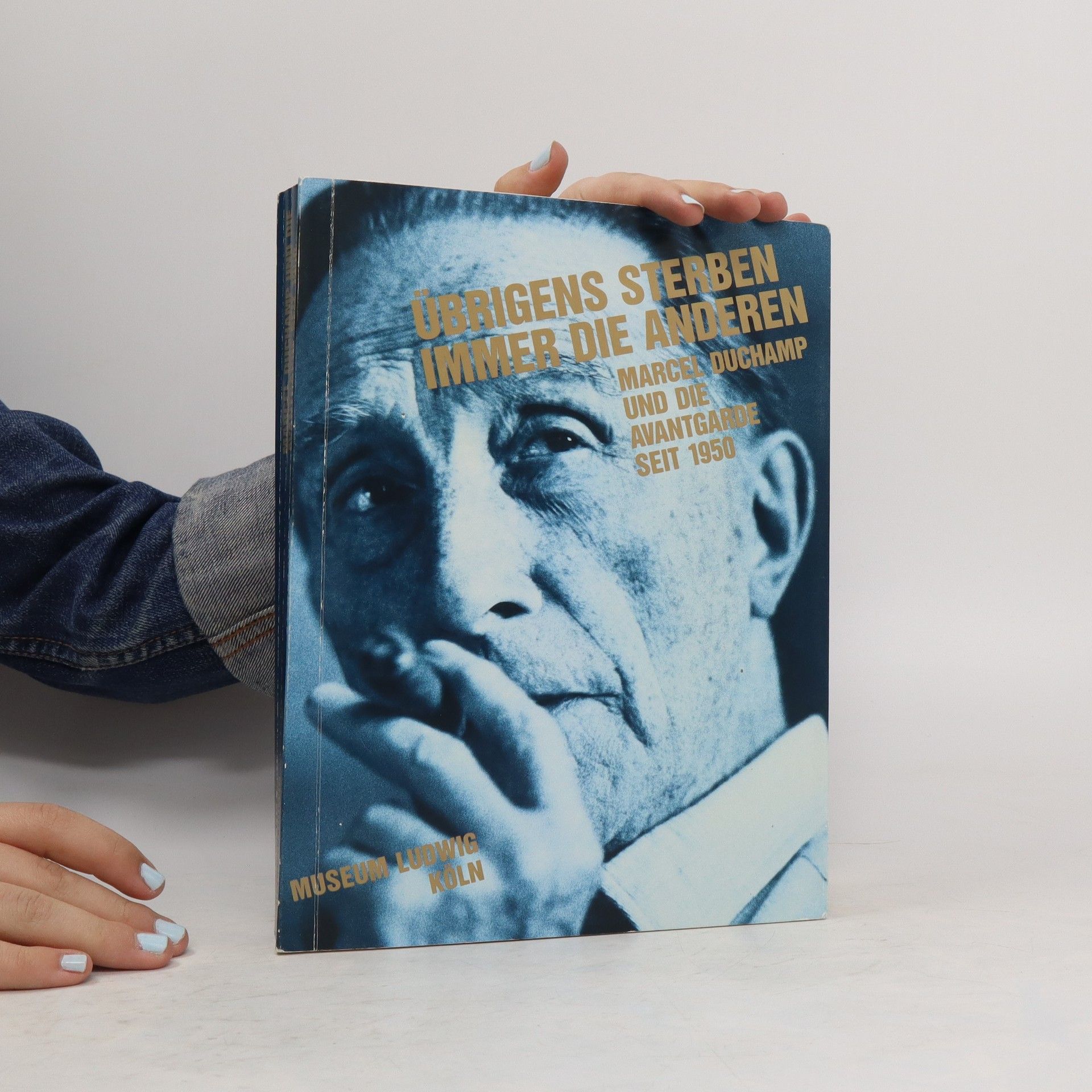Artists as inventors - inventors as artists
- 37pages
- 2 heures de lecture
Using both historical and contemporary examples, this publication traces the complex relationships between art, technology, and science, focusing on technological and artistic media from the nineteenth century to the present day. The interplay of technological invention and artistic innovation requires a variety of methods, ranging from the fine arts and cultural studies to the history of science and media archaeology. Among the key themes, which the contributions will examine from a variety of perspectives, are: the status of technology as a shared feature of or „boundary object“ between art and science; the conflicts among ethical, aesthetic, and economic values in the system of art versus that of technology; the paradox that inventions are regarded as achievements of individual geniuses but can actually only be made and successfully applied when they have been sanctioned by the sociohistorical zeitgeist.





